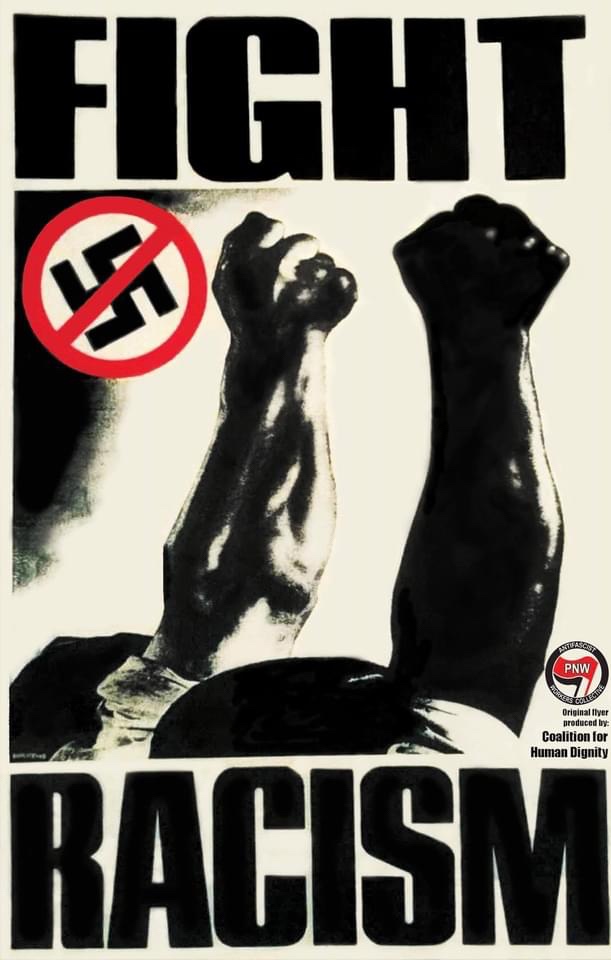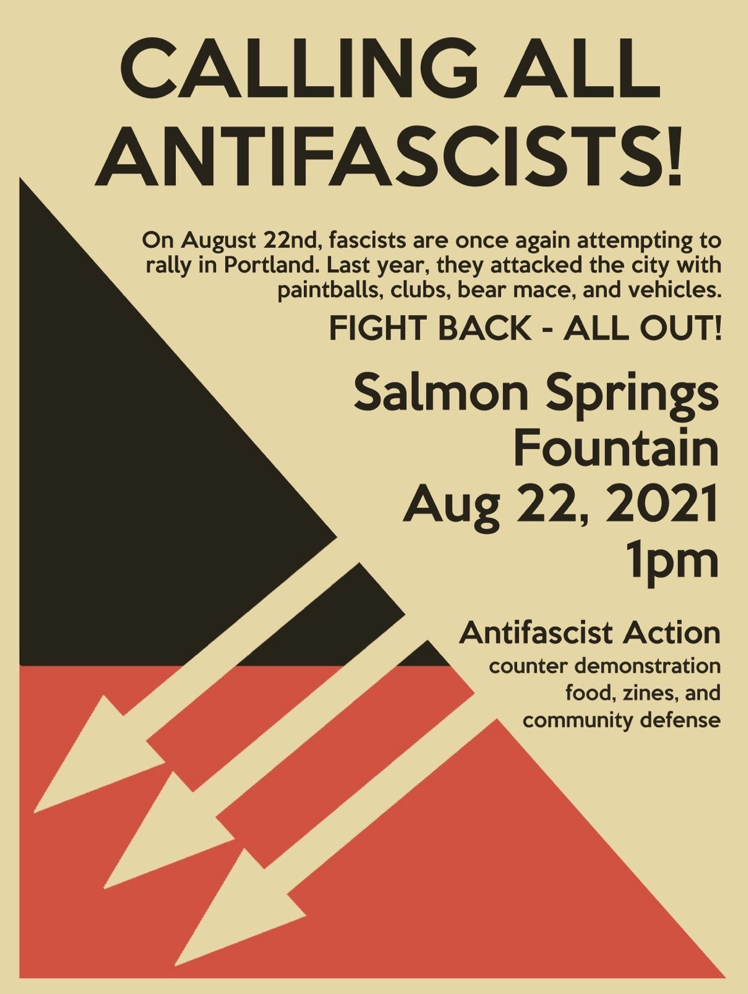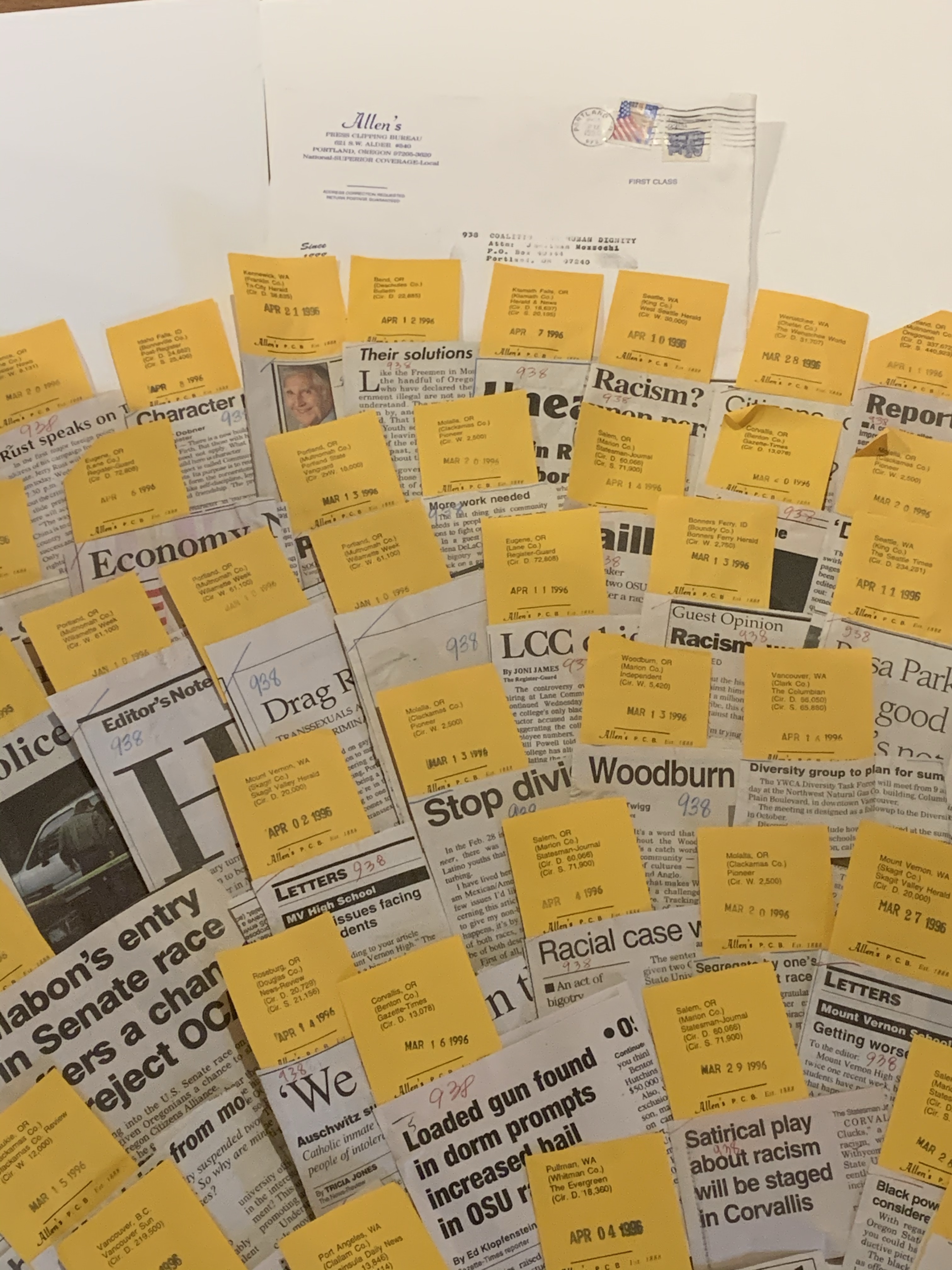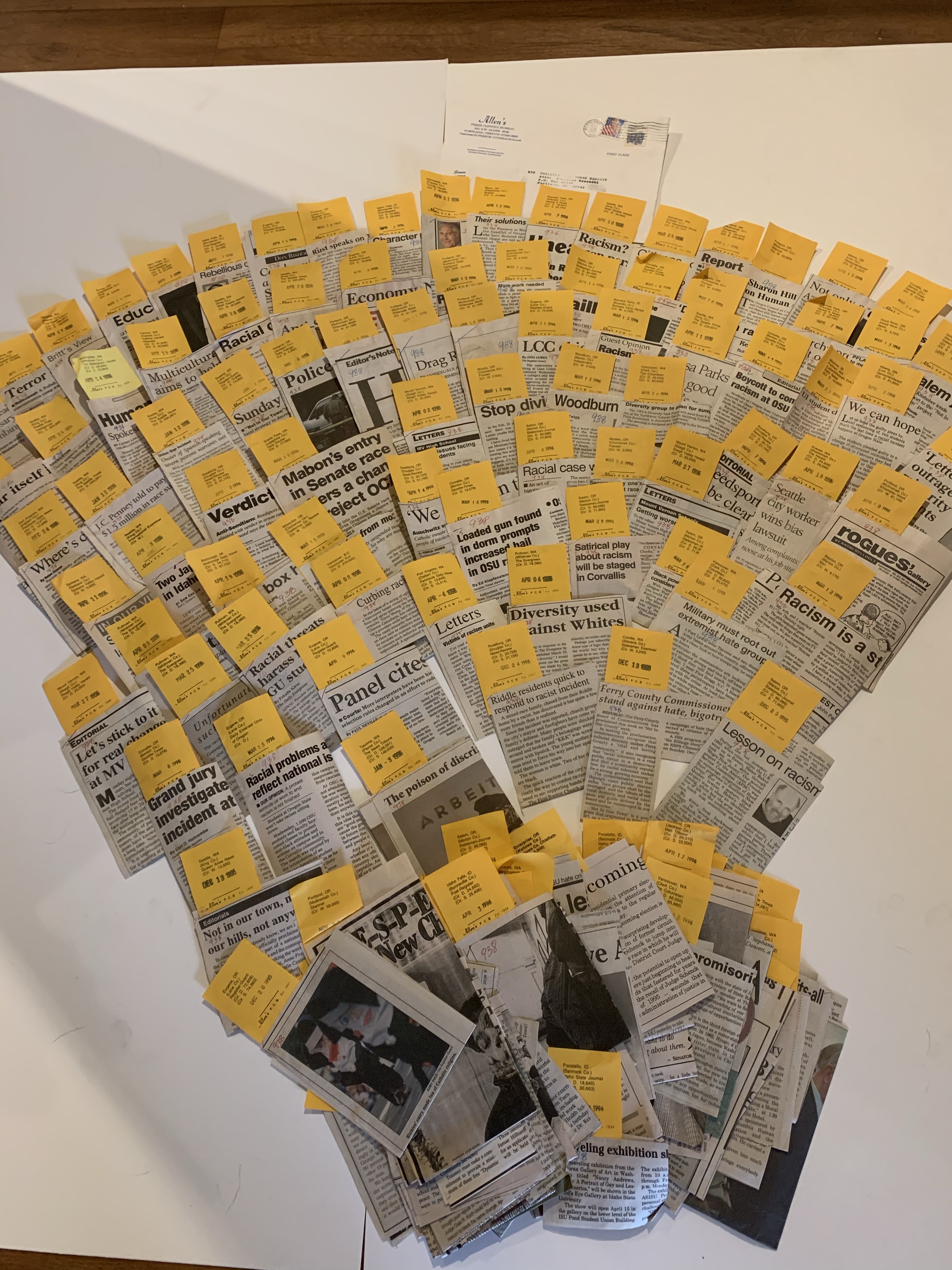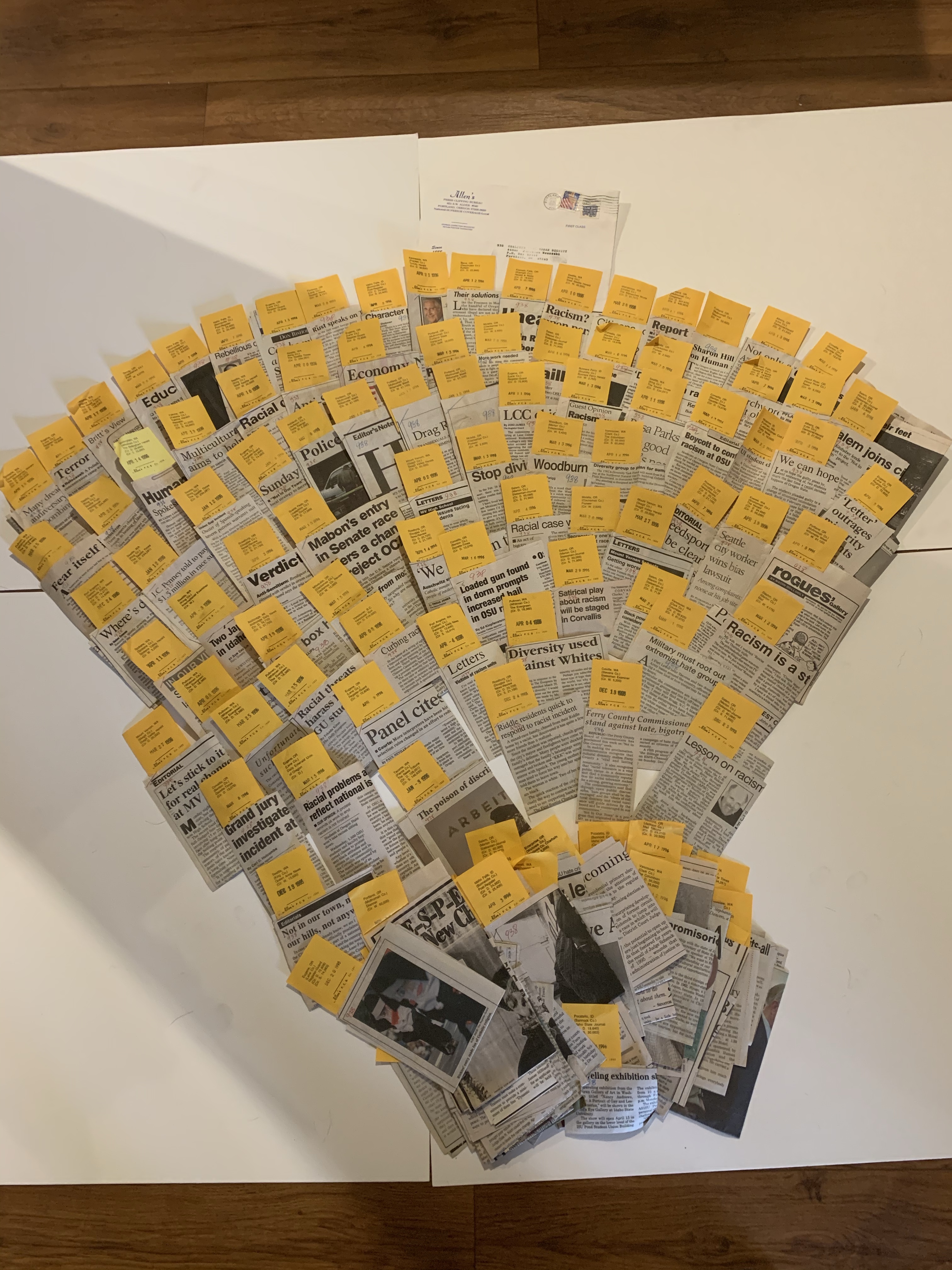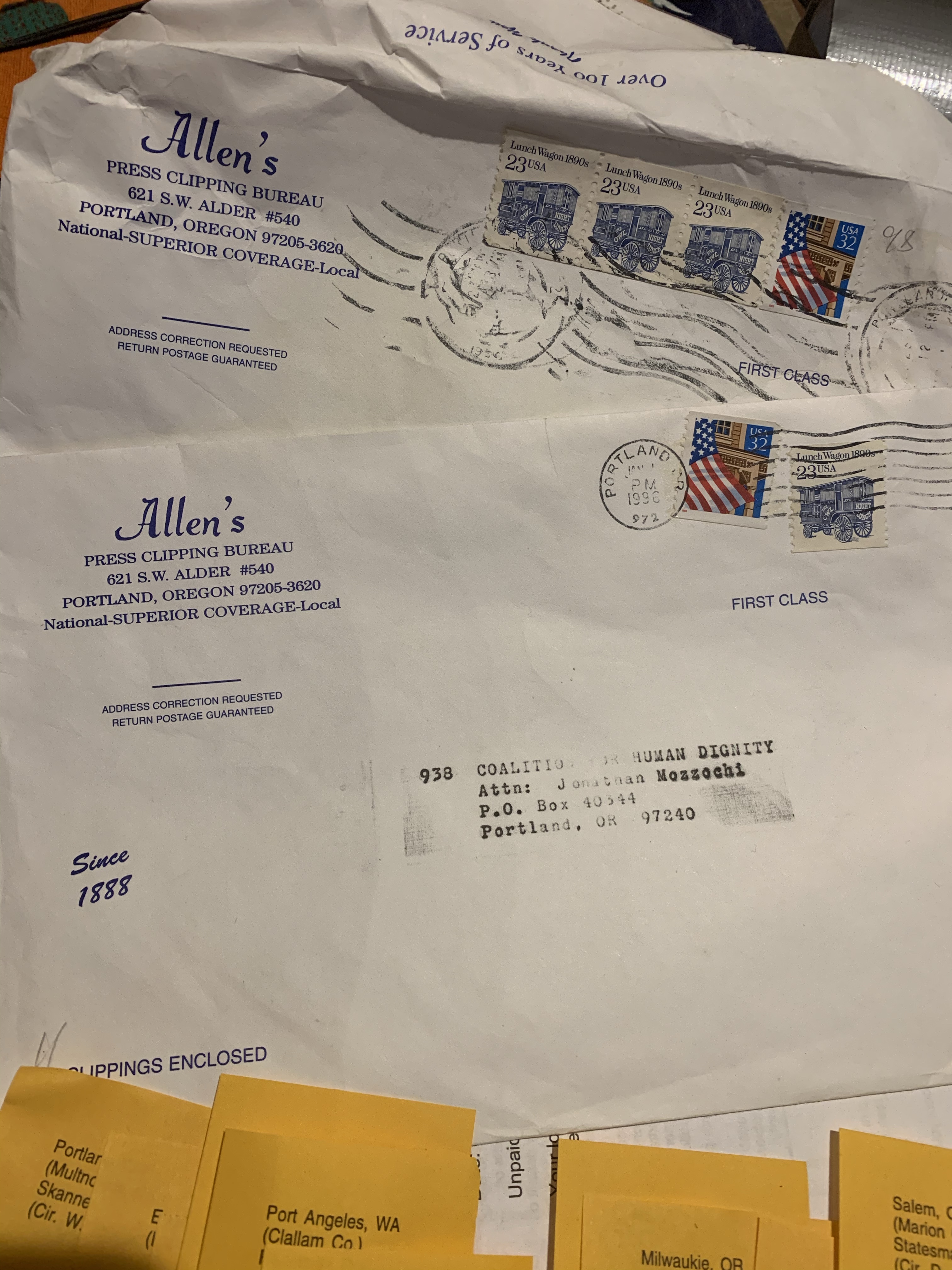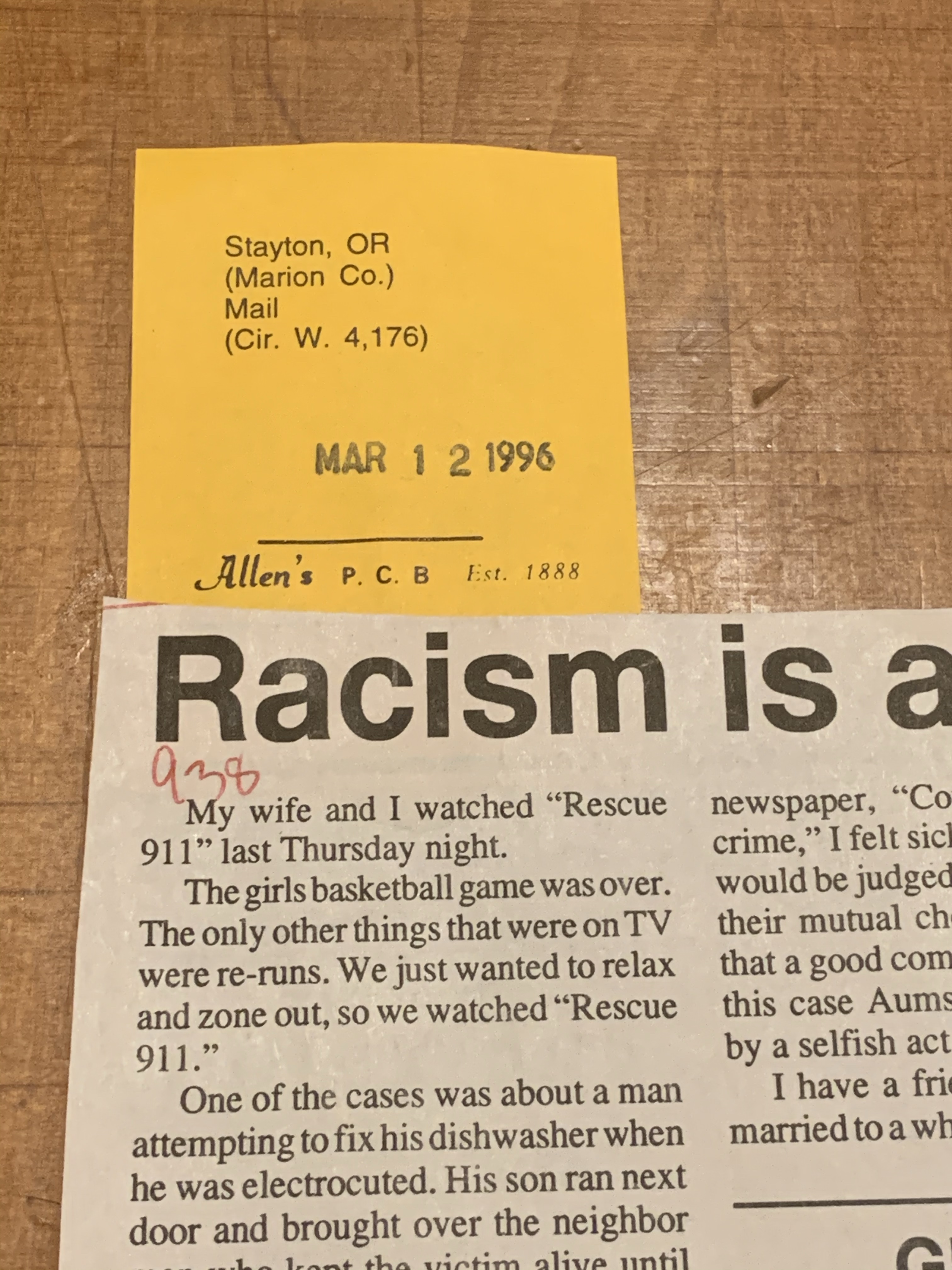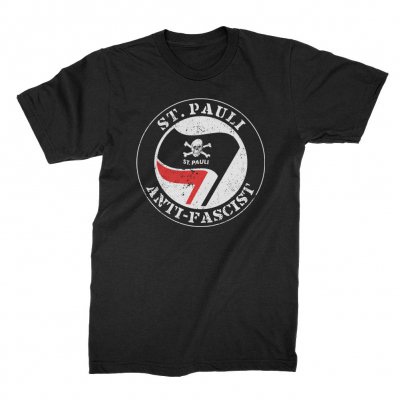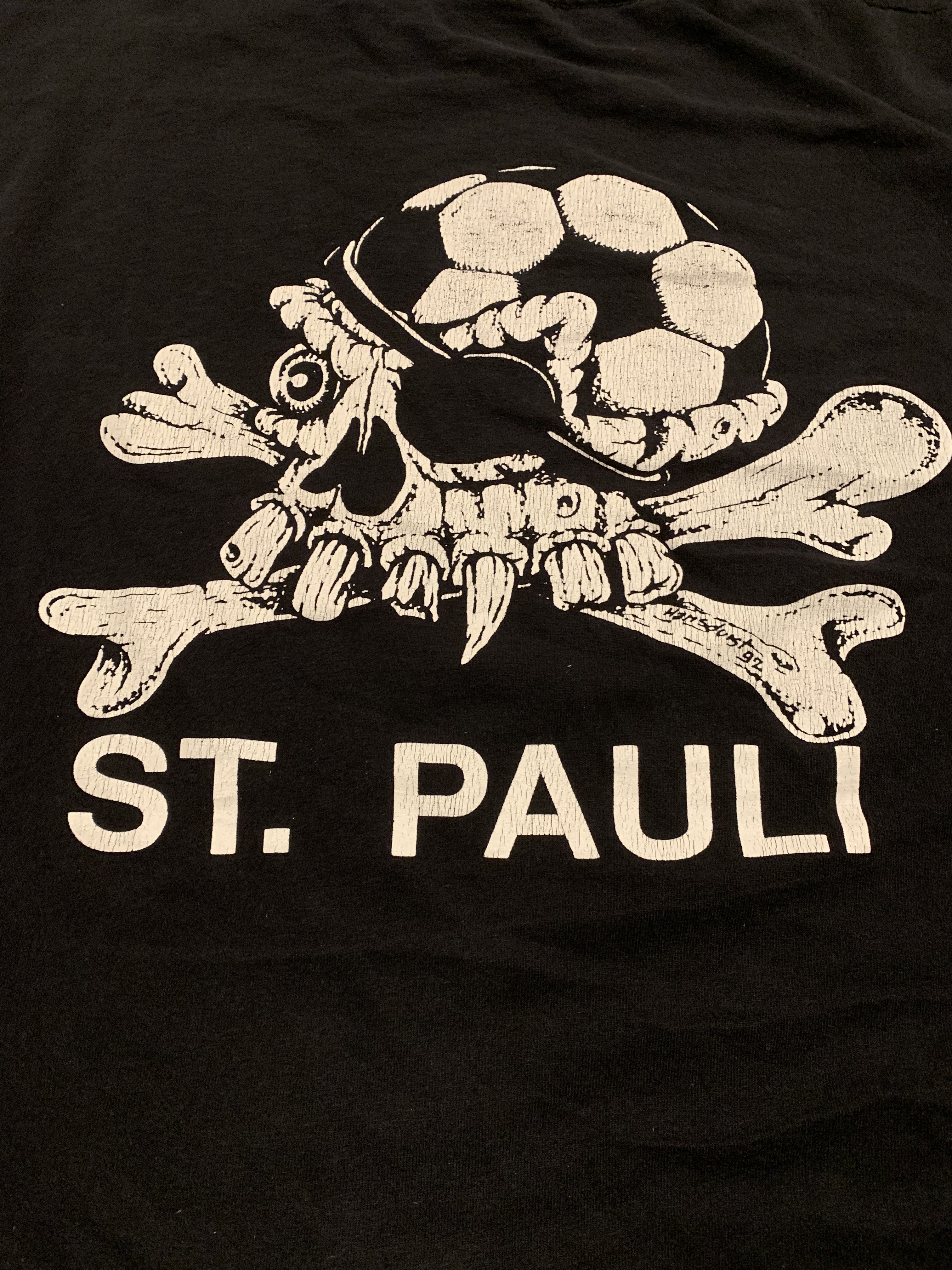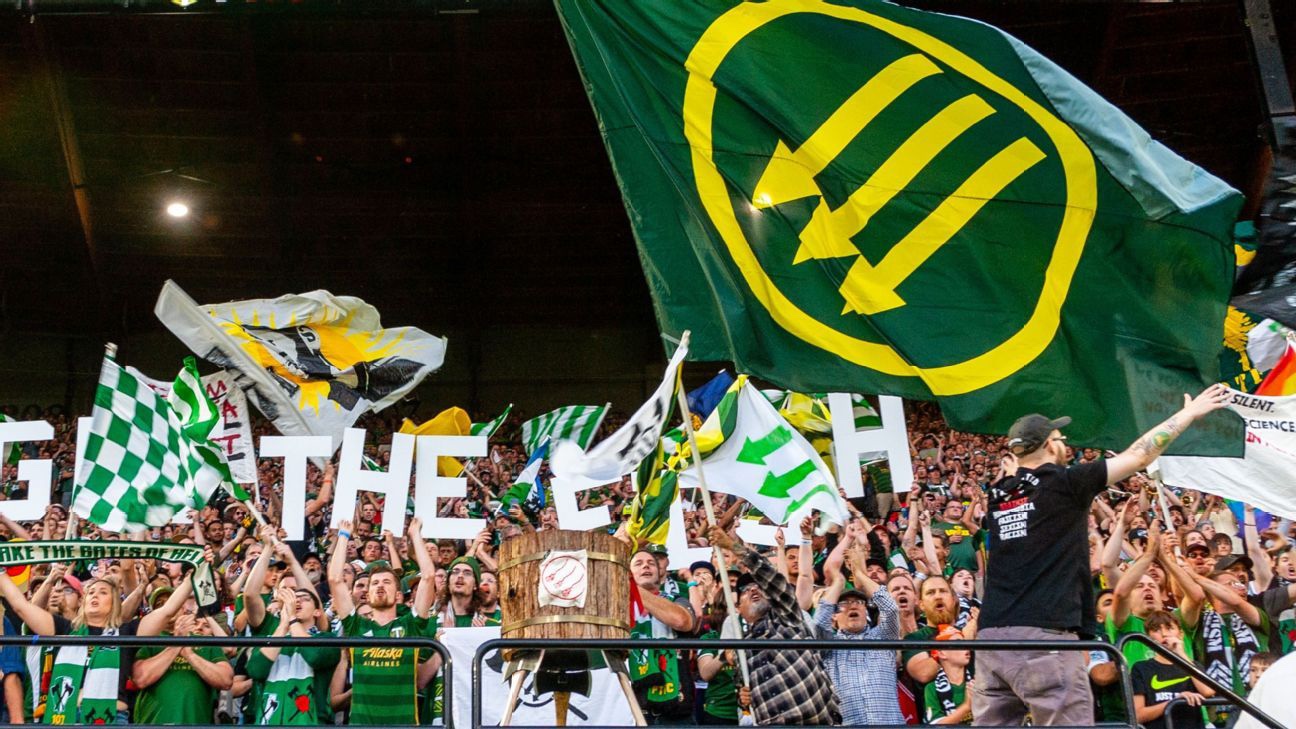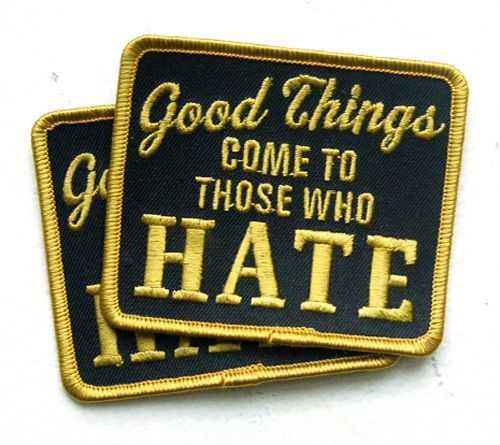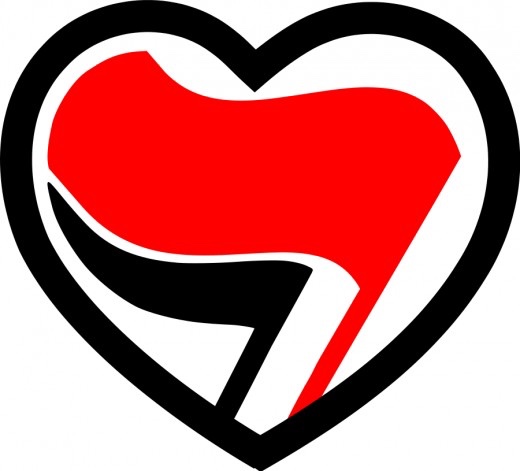
Dear Antifa,
After all these years, I remain hopelessly in love with you.
From our first meeting, I was head over heels.
The initial courtship, that labor of love called the Antifascist Archives Project, blossomed into a passionate love affair.
We became friends, comrades and lovers.
You would tutor me in the manner of a sober socialist dialectician. But, Oh!–how my heart would skip a beat and I would blush when you pronounced the word, “dialectician.”
So many late nights with comrades buried in newspaper clippings, pamphlets and balaclavas, it was a wonder we ever slept.
That cold call you insisted I make to an old Yippie–“castigate him for not sufficiently appreciating the legacy of the Black Panthers,” you exhorted. That same old Yippie would laugh uproariously at my chutzpah, then spend countless hours sharing trade secrets over latkes and coffee.
“Only from ignorance can the greatest leaps of wisdom be made,” you later said.
Thrumming your fingers on a wooden desk piled high with papers, you look up: “The best protection from being infiltrated by your enemies is to infiltrate them. Simple and irrefutable. Know what they are thinking before they think it; act before they act. Then crush them.”
You were always straight to the point.
Long before his posthumously published Millennium Trilogy, you claimed Stieg Larsson as one of our own–an international socialist and antifascist who lapped other researchers by practicing the dark arts of Antifa spycraft, all the while hewing close to your dictums.
Gazing up at the entrance to a segregated country club, you mused: “Pedagogy is important. Where the rich have been so shortsighted as to construct their temples of conspicuous consumption in close proximity to us, we will occupy them so as to provide a teachable moment.”
The Great Game, by Leopold Trepper, always at your fingertips.
“Trapped between the anvil of Stalin and the hammer of Hitler, Trepper chose an independent, antifascist communism. He also developed long term spies and a formidable intelligence network.”
Later: “Sometimes I feel trapped between the hammer of Trump and the anvil of Clinton.”
You were never so relaxed and jovial as with that knock-nosed miner from Northern England. The Godfather of the American Antifa (who, in keeping with tradition shall remain anonymous) dispatched this foul mouthed hooligan to disrupt fascist enclaves in the Pacific Northwest, and we sang songs about gay and lesbian liberation, armed strikes and Native resistance.
In 1996, over weird breakfasts and not a few pints in a baker’s dozen of cities throughout Germany you showed me the Antifa flag flying high.
“Look”, you pointed up. “There, hoisted high above that community center, the red and the black. The only flag the Antifa will ever fly–if it flies one at all.”
You were everywhere over there after the fall of that wall, from Stuttgart to Bremen, Wuppertal to Keil and of course Berlin and the wonderful organized chaos of Kreuzberg.
“What’s that smell?”, I asked in Leipzig. “Braunkohle”, you murmured, “distinctive and dirty.”
Defending refugees the urgent task of the day; fighting cops what the Antifa did on its lunch break.
“All cops are bastards,” you would spit, the taste of cayenne pepper fresh in your mouth.
Later: “Most cops are workers, too. Find a few still capable of cognitive dissonance; they will help us liberate their intelligence reports on fascists and identify racist cops.”
Then, after a shot and a beer, another tattoo, and dancing to LKJ at a meet up with the RABL, you woke up with a terrific hangover, then got back at it.
As you remember I continued to fight fascism, and fascists, but sometimes wound up in odd situations, occasionally a forum where I did not belong.
You never thought much of that cocky, droll southern lawyer and his legal sophistry; less of the television repairman and his White Aryan Resistance. Something was amiss during that trial and verdict. I have heard rumors of a fateful meeting at a Shari’s Restaurant that one day will provide a curious postmortem to this instance of American justice carried out in the little city known as ‘Little Beirut’.
Sometime thereafter I was drafted to appear before an unofficial meeting of some subcommittee or another of the United States Congress, where I read something about terrorists and white supremacists.
You shrugged.
I lectured judges about ‘citizen militias’ and white supremacists, keen to know if any of them were sympathetic.
We always found a few.
I then became an unpublished footnote to a libel suit filed by a peripatetic Holocaust denier, a suit he lost to a scholar of the Holocaust.
“I see you are slated to provide testimony for the trial,” you casually noted.
“Will they be in wigs?” I asked.
“Yes,” you said, “but it won’t be as much fun as a drag show.”
I stayed home.
Finally, I was approached (not the first time) to expand my intelligence network to target a part of the left that was dancing with brownshirts. I refused.
The request came from an unlikely source, and its refusal was difficult. What’s more, the logic behind the request and its integrity were not without foundation. It was something I would not do, but, could not categorically state should not be done. That’s a conundrum.
Ugh. I was a mess. So was the left.
But I never betrayed you, a statement many comrades close to you then, and perhaps close to you now, cannot truthfully say.
Sometime later you passed me a note which read, simply “What have we become?”
I burrowed deep within my files.
The bloom was off the rose.
Then I left. Or was shown the door. Probably a bit of both. I cast myself adrift, but always found myself moored somewhere close to you. I thought perhaps you would be better off without me. I watched from a distance, and you were hardly aware of my existence.
Throughout many years I’ve never really had another proper lover; paramours, flings, but nothing serious.
After you, no one could compare.
Today things are much different. Today the fascists are on the march and there are more of them. But so too have the red and the black multiplied and spread.
When Trump noted that opposition to the Antifa would include cops, soldiers and “tough guys” no one leapt to your defense.
Radicals who should have leapt to your defense instead demurred.
Others, however, expressed their solidarity.
The Socialist Rifle Association through its slogan “Arm the Working Class”, is an antidote to both the National Rifle Association and David Hogg. They are organic allies to the Antifa, as I’m sure you would agree.
I see you deepening your ties to allied antiracist, anticapitalist, left struggles. Even the New York Times references you, once removed, in begrudging acknowledgement of your successes.
Recent efforts by Al Jazeera, Hate Not Hope and even The Stranger in Seattle to infiltrate fascist groups follow a template you established.
But the terrain will be tricky.
Recently you were bashing the fash when a comrade approached you wearing a button that read, “I Am George Soros”. You shrugged, “Billionaires can take care of themselves, until we do. And fuck Charlie.”
A few months ago you exclaimed, “Look here! There is a veritable cottage industry in doxing, outing, de-platforming, shaming, exposing and ostracizing fascists online.”
A bit later, “human intelligence is often the foundation for signals intelligence. Not the other way around.”
When discussion strayed and the autonomous nature of the Antifa in doubt, you would retort:
“The Antifa is a conspiracy: Small, local, anonymous, decentralized, and flexible, with both feet churning in para politics, holding a compass oriented to the red and black.
Then:
“It has a twofold mission.
“First, fight fascism by attacking fascists. Destroy their capacity and disrupt their organizing.
“Second, protect kindred movements from attack. As socialists, anarchists and communists, the Antifa places priority on left popular movements and communities targeted by fascists.
“Safeguard the political integrity and independence of the Antifa in part by never using spycraft against the left or targeted communities.”
Warming up to it, you would continue:
“The Antifa is not a mass organization. The Antifa is not a, much less the, vanguard.
“The Antifa does not base build, hold conferences on privilege, organize unions, coordinate voter registration drives or practice entryism. All of these can be fine activities, but are not the province of the Antifa proper.
Finally, channeling Lenin or Luxemburg:
“The Antifa is a defensive formation that fights a rearguard battle against fascists to clear and prepare the way for popular revolutionary movements.”
“The Antifa does not fight to preserve liberal democracy, nor on behalf of liberal democracy, nor even according to the norms of liberal democracy; only, when appropriate, alongside liberal democracy, in opposition to fascism.”
“Such support is provisional and never in support of capitalist war, only class war.”
I’m breathing heavy just remembering your off-the-cuff harangues.
“Having an intelligence advantage is often a prerequisite to everything else. If you don’t develop it, you will be dependent on the state or para state formations to do so. That’s a relationship of dependence that will corrode your principles.
“Be bold. Push the envelope. Be conspiratorial.
“When recruiting people to infiltrate fascist organizations, ‘already antifascists’ are always preferable to someone motivated by money, or a recent epiphany. Leave them to the ADL and SPLC.”
As I look upon you now, in an epic battle with fascism, my love burns anew, if a bit less bright.
Do you still consider me one of your ‘original gangsters’? An O.G. Antifa? After all, once a gangster…
I am also, of course, an Old Ghost of Antifascism.
Whatever I am to you, I will always love you.
Jonathan
